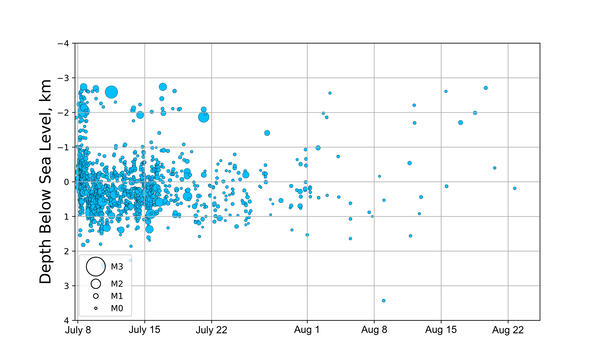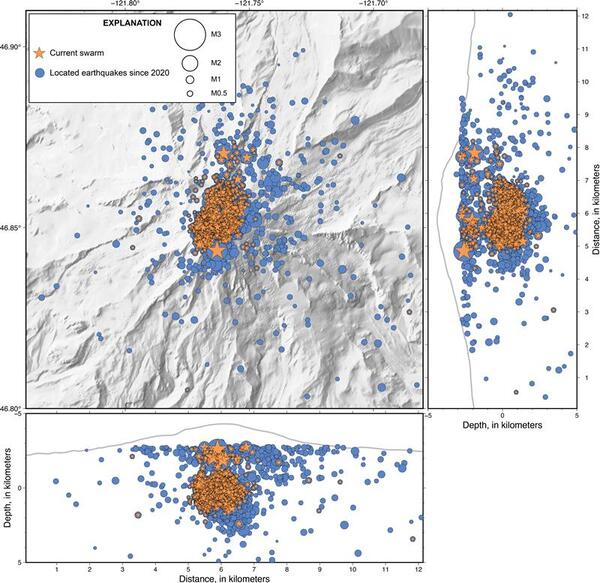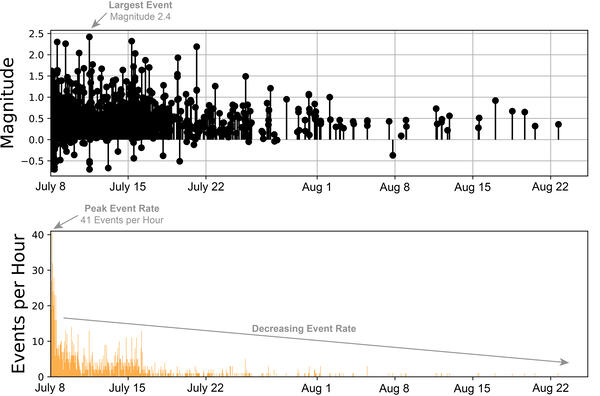As a research geophysicist at the Cascades Volcano Observatory, I undertake and facilitate research on Cascade Range Volcanoes; monitor seismicity on Cascade Range Volcanoes to assess volcanic hazard; and assist in planning, prioritization and execution of maintenance and growth of volcano monitoring networks in Oregon and Washington.
My education is in both geology and geophysics with a focus more recently on volcanoes. I have experience on both stratovolcanoes and basaltic volcanoes in Russia, Alaska, Washington, Oregon and Hawaii. I've worked in eruptive scenarios at Mount St. Helens in 2004-2008, Redoubt in 2008 and Kilauea from 2011 till 2020. In addition, I've held positions at the Nevada Seismological Network, the Pacific Northwest Seismic Network and the Hawaiian Volcano Observatory, which have all had components of network seismology to them.





